- Pine Cliff Resort
- Campgrounds & RV Parks
- Florida
- Duval County
- Jacksonville
- Northside
- Campgrounds & RV Parks in Interstate 95
- State park campgrounds
State park campgrounds Introduce
State Park Campgrounds, falling under the broad platform category of Campgrounds & RV Parks, represent a vital network of outdoor recreational facilities across the United States. These campgrounds are meticulously managed by state governments with a dual mission: to preserve significant natural, cultural, and historical resources, and to provide public access for education, recreation, and enjoyment. Unlike privately owned campgrounds, state parks often offer a more immersive natural experience, focusing on the unique ecological and geographical characteristics of their respective regions. For local users, state park campgrounds serve as accessible gateways to the wonders of their own state, providing opportunities for both short escapes and extended vacations.
The environment of State Park Campgrounds is perhaps their most defining feature. Each state park is unique, safeguarding a particular landscape, ecosystem, or historical site. This means the environment can vary dramatically from one park to another. You might find campgrounds nestled within ancient redwood forests, offering the shade and awe of towering trees, or along pristine coastal stretches with direct access to sandy beaches, ocean breezes, and the sounds of crashing waves. Other state parks may be situated in arid desert environments, showcasing unique rock formations, desert flora, and stunning stargazing opportunities. Many are located near freshwater lakes, rivers, or streams, providing opportunities for swimming, boating, and fishing. Mountainous regions host parks with challenging hiking trails and panoramic vistas, while flatlands might feature tranquil wetlands teeming with birdlife. Regardless of the specific geography, the overarching environmental characteristic of state park campgrounds is a commitment to conservation and natural beauty. Visitors can expect well-maintained natural areas, often with interpretive trails that educate about the local ecosystem, geology, or history. The emphasis is on experiencing nature in a relatively undisturbed setting, promoting a sense of tranquility and an opportunity to reconnect with the outdoors. Wildlife viewing is often a highlight, as these parks protect diverse habitats for various species. The design of many state park campgrounds often integrates seamlessly with the natural surroundings, aiming to minimize environmental impact while maximizing visitor enjoyment.
The services offered at State Park Campgrounds are designed to support a wide spectrum of camping styles, from rustic tent camping to comfortable RV stays. While specific amenities can vary by park and even by individual campsite, common services typically include:
Campsites: A variety of site types are usually available. Full hookup RV sites provide electricity (often 30 or 50 amp), potable water, and sewer connections, catering to larger recreational vehicles. Other RV sites might offer electric and water hookups without sewer. Tent campsites often feature a cleared area for a tent, a picnic table, and a fire ring or grill. Some parks also offer primitive or "environmental" campsites that require a hike-in, providing a more rugged experience with minimal amenities like a basic toilet and a cleared tent area.
Restrooms and Showers: Clean and accessible restrooms with flush toilets are a standard offering at most developed campgrounds. Many state parks also provide hot showers, often token-operated or included in the camping fee, a welcome amenity after a day of outdoor activities.
Dump Stations: For RVers, centralized dump stations for black and grey water tanks are commonly available, either free for registered campers or for a small fee for day users.
Potable Water: Easily accessible spigots for potable water are typically found throughout the campground, ensuring campers have access to clean drinking water.
Picnic Tables and Fire Rings: Almost all campsites, regardless of type, come equipped with a picnic table and a fire ring or grill, perfect for cooking and enjoying a campfire.
Recreational Facilities: Beyond direct access to trails and natural features, many state park campgrounds offer additional recreational amenities. These can include:
- Playgrounds for children
- Swimming areas (lakes, rivers, or even pools in some larger parks)
- Boat launches and marinas for water access
- Fishing piers or designated fishing spots
- Visitor centers with interpretive displays, gift shops, and park information
- Amphitheaters for ranger programs and educational talks
- Laundry facilities (less common than restrooms but found in some larger parks)
- Community shelters or group use areas for gatherings.
Alternative Accommodations: Beyond traditional tent and RV sites, many state parks are expanding their offerings to include cabins, yurts, or even unique lodging options like historic cottages. These provide a more comfortable "glamping" experience, often with beds, heating, and sometimes even kitchens, bridging the gap between traditional camping and hotel stays.
Reservations Systems: Most state park systems utilize online reservation platforms (e.g., ReserveCalifornia, ReserveAmerica, Recreation.gov) allowing campers to book sites months in advance, which is highly recommended, especially during peak seasons and for popular parks.
The features that distinguish State Park Campgrounds are deeply tied to their mission and governance. They often emphasize:
Conservation and Education: State parks are vital for preserving biodiversity and cultural heritage. This means campers often have direct access to educational programs, ranger-led walks, and interpretive exhibits that highlight the importance of the park's natural and historical resources.
Accessibility: Many state parks strive to offer accessible campsites and facilities for visitors with disabilities, including ADA-compliant restrooms, paved pathways, and accessible trails. This commitment ensures a broader range of the public can enjoy the outdoors.
Affordability: Compared to many private RV resorts, state park campgrounds often offer a more budget-friendly camping experience, making outdoor recreation accessible to a wider demographic.
Pet-Friendly Policies: While specific rules vary by park, most state parks welcome leashed pets in campgrounds and on many trails, allowing families to bring their furry companions along for the adventure.
Diverse Activities: The sheer variety of activities available within a single state park, from hiking and biking to fishing, boating, and wildlife viewing, sets them apart. This allows for a multifaceted outdoor experience without needing to travel far from the campsite.
Historical and Cultural Significance: Many state parks protect significant historical sites, battlefields, or cultural landmarks, offering a unique opportunity to combine outdoor recreation with learning about local and national history.
Length of Stay Policies: State parks typically have maximum stay limits (e.g., 14 consecutive nights within a 30-day period) to ensure fair access for all visitors and to mitigate overuse of resources.
Promotional information for State Park Campgrounds often centers on their unique natural beauty, the breadth of activities available, and the value they offer. For local users, the messaging would highlight the opportunity for an easily accessible escape into nature, without the need for extensive travel. Key promotional angles include:
Discover Your Backyard Oasis: Encouraging local residents to explore the natural wonders within their own state, emphasizing the convenience and short travel times to these pristine environments.
Adventure for Everyone: Promoting the wide array of activities available, whether it's a family looking for a relaxing weekend by the lake, an avid hiker seeking challenging trails, or a history buff interested in exploring historical sites. The diversity ensures there's something for every interest and age group.
Affordable Getaways: Highlighting the cost-effectiveness of camping in state parks compared to other vacation options, making outdoor experiences accessible to more families.
Seasonal Highlights: Promoting specific seasonal attractions, such as fall foliage tours, spring wildflower blooms, summer water activities, or winter cross-country skiing, to encourage year-round visitation.
Conservation and Stewardship: Appealing to environmentally conscious users by emphasizing the role of state parks in protecting natural resources and offering opportunities for visitors to connect with and appreciate these efforts.
Ease of Reservation: Guiding users to user-friendly online reservation systems, streamlining the booking process and ensuring they can secure their preferred campsite.
Discounts and Passes: Informing local users about potential discounts for seniors, disabled veterans, or low-income residents, as well as the availability of annual passes that provide unlimited day-use access or reduced camping fees, encouraging frequent visits.
Community and Connection: Highlighting the family-friendly atmosphere, the opportunities for making memories, and the sense of community often fostered within state park campgrounds through shared experiences and ranger programs.
In summary, State Park Campgrounds offer a compelling proposition within the Campgrounds & RV Parks category. They provide diverse and beautiful natural environments, a comprehensive range of services tailored to various camping preferences, distinctive features rooted in conservation and public access, and promotional messaging that resonates with local users seeking accessible, affordable, and enriching outdoor experiences. By providing these spaces, state parks contribute significantly to the well-being and recreational opportunities of communities across the nation.
Location
FloridaDuval CountyJacksonvilleNorthsideInterstate 95
Customer Reviews
More Places to Explore Nearby
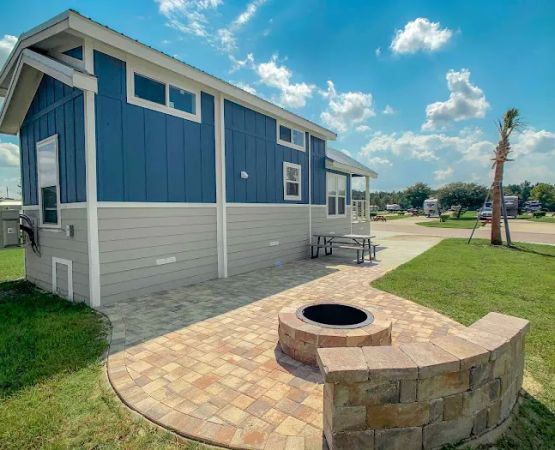
Pecan Park
650 Pecan Park Road, Attn: Office, Jacksonville, FL 32218, USA

Campers Inn RV of Jacksonville North
14590 Duval Pl W, Jacksonville, FL 32218, USA
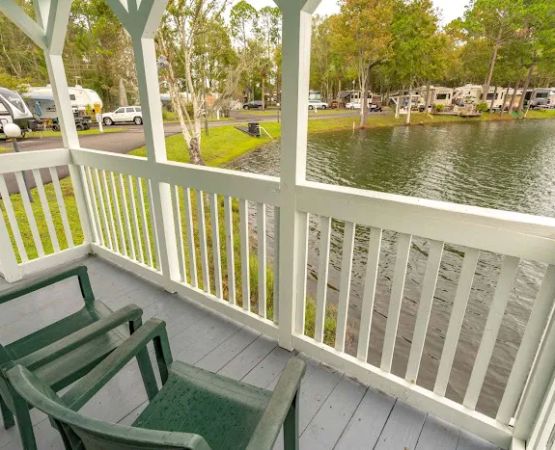
Flamingo Lake
3640 Newcomb Rd, Jacksonville, FL 32218, USA

Bow & Arrow Campground
850430 US-17, Yulee, FL 32097, USA

Jacksonville Zoo and Gardens
370 Zoo Pkwy, Jacksonville, FL 32218, USA

Big Tree RV Park
5221 Dunn Ave, Jacksonville, FL 32218, USA
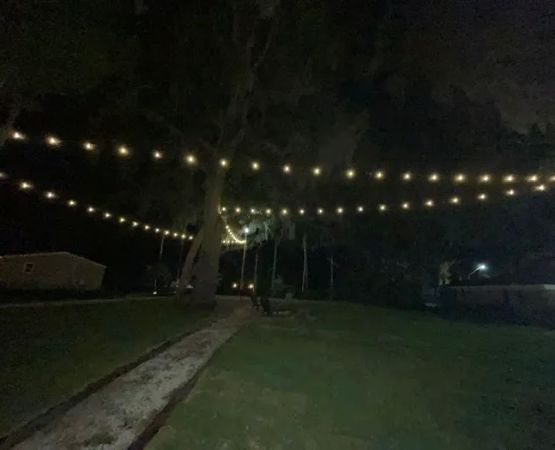
Destination Sunset
15776 Shark Rd W, Jacksonville, FL 32226, USA
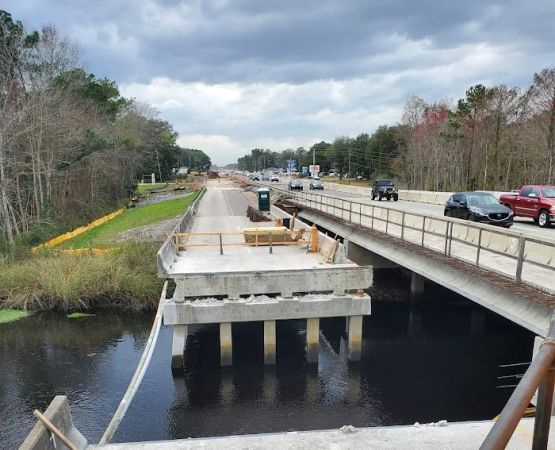
Lofton Creek Campground
463516 E State Rd 200, Yulee, FL 32097, USA
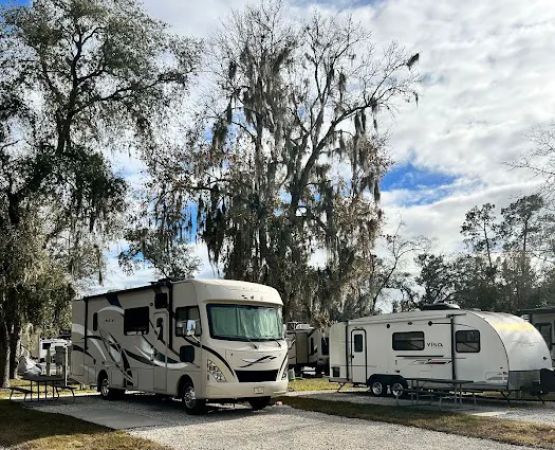
Sunny Oaks RV Park
8654 New Kings Rd, Jacksonville, FL 32219, USA
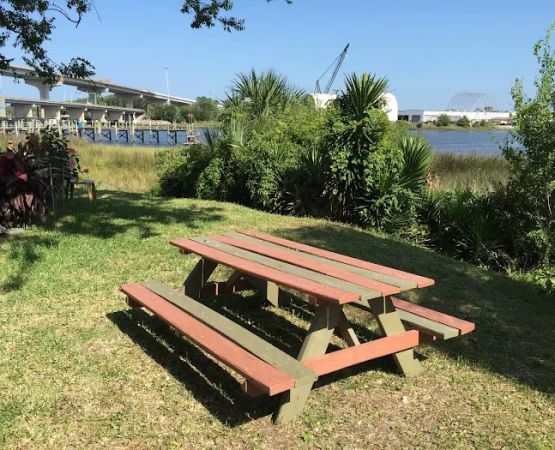
Riverfront RV Park & Marina
8364 Heckscher Dr, Jacksonville, FL 32226, USA
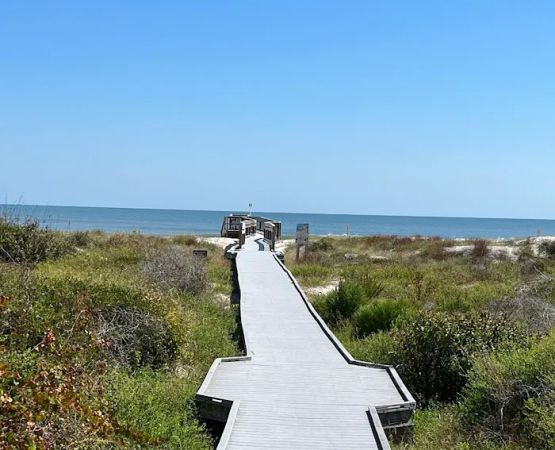
Little Talbot Island Campgrounds
Nature Loop at Little Talbot Island, Jimmy Buffett Mem Hwy, Jacksonville, FL 32226, USA
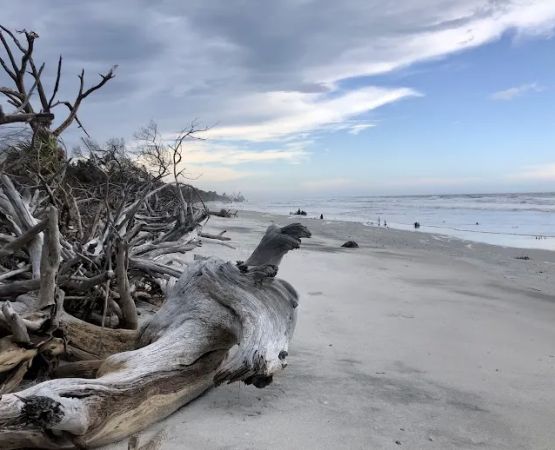
Little Talbot Island State Park
12157 Heckscher Dr, Jacksonville, FL 32226, USA
Categories
Popular Campgrounds & RV Parks
 Best Western Porterville Inn3.0 (872 reviews)
Best Western Porterville Inn3.0 (872 reviews)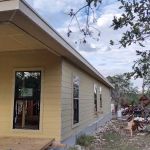 Northshore RV Park and Resort4.0 (14 reviews)
Northshore RV Park and Resort4.0 (14 reviews) Oak Park kampground4.0 (173 reviews)
Oak Park kampground4.0 (173 reviews)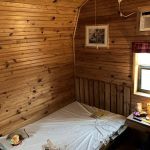 Leander / NW Austin KOA Holiday4.0 (303 reviews)
Leander / NW Austin KOA Holiday4.0 (303 reviews) Whitcomb Creek County Park Campground - Boat in4.0 (2 reviews)
Whitcomb Creek County Park Campground - Boat in4.0 (2 reviews) Devils Kitchen Group Campground4.0 (8 reviews)
Devils Kitchen Group Campground4.0 (8 reviews)Must-Read Camping & Outdoor Blog Posts
Most Searched Japanese Restaurant Sites
Trending Camping & Outdoor Blog Posts
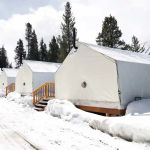 Winter Glamping Retreats in the U.S. You Didn’t Know About
Winter Glamping Retreats in the U.S. You Didn’t Know About Best Family-Friendly Campgrounds with Playgrounds and Kids’ Activities
Best Family-Friendly Campgrounds with Playgrounds and Kids’ Activities Top Family-Friendly Resorts Near Outdoor Adventure Destinations
Top Family-Friendly Resorts Near Outdoor Adventure Destinations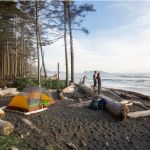 Top-Rated Campgrounds for Exploring National Forests
Top-Rated Campgrounds for Exploring National Forests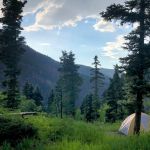 Top-Rated Camping Spots Near Scenic Trails: Explore the Best Outdoor Getaways
Top-Rated Camping Spots Near Scenic Trails: Explore the Best Outdoor Getaways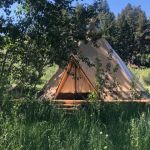 Affordable Luxury Camping Experiences at Top Resorts
Affordable Luxury Camping Experiences at Top Resorts 